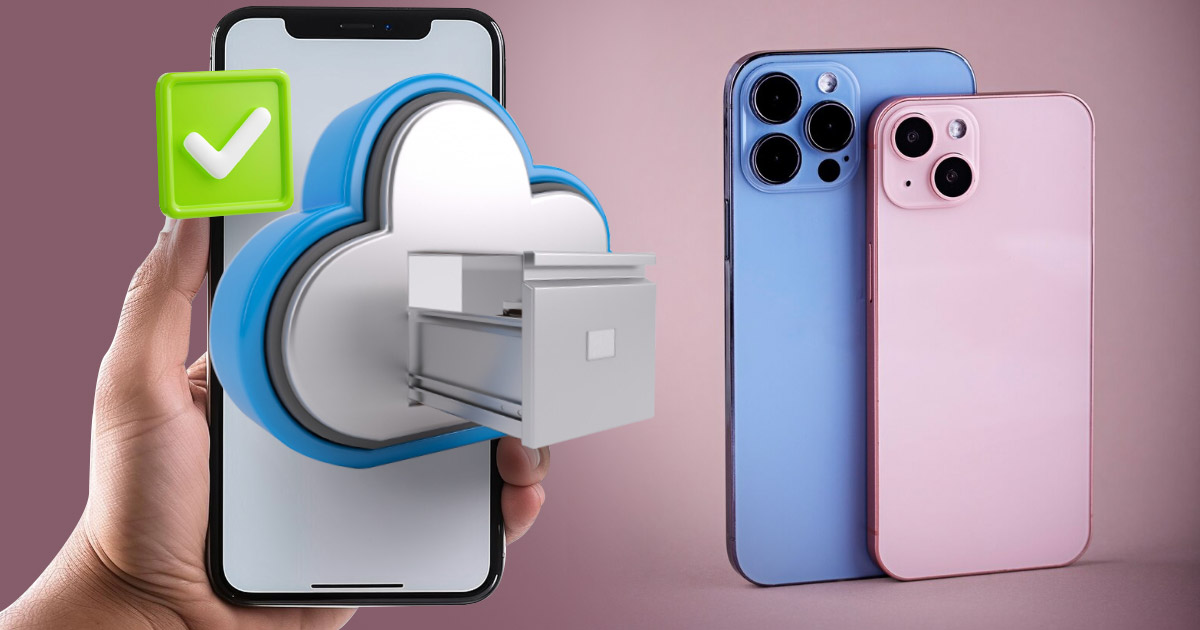iOS System Data: Tips To Clearing Them from Storage

Every iPhone user knows the frustration of running out of storage space. Whether you’re trying to take a photo, download an app, or update your iOS, the dreaded “Storage Almost Full” notification can stop you in your tracks. Among the various culprits, “System Data” often stands out, hogging a significant portion of your storage. Good thing there are ways to clear system data.
Understanding iPhone System Data
System data, previously labeled as “Other” in your iPhone storage breakdown, includes caches, logs, and temporary files. This category also contains background data that apps and the iOS system use to function efficiently. Examples include Safari caches, offline playback files, and even downloaded fonts or voice memos. While this data fluctuates and should be self-regulating, it can sometimes grow uncontrollably, leaving users desperate to figure out how to delete iPhone system data.
How to Check System Data Usage
Before diving into solutions, it’s important to understand how much system data is taking up your iPhone’s storage. To check:
- Open Settings.
- Navigate to General > iPhone Storage.
- Wait for the breakdown to load.
Here, you’ll see a color-coded bar representing different types of data, including apps, media, and system data. If system data occupies a disproportionately large amount of space, it’s time to take action.
How to Clear System Data on iPhone Storage
Restart Your iPhone
One of the simplest ways to free up system data is to restart your device. This process clears temporary files and resets system resources. To do this:
- Shut down your iPhone by holding the Side button and either volume button.
- Wait a few minutes before turning it back on.
Restarting your phone is an easy and effective first step to clear system data on your iPhone.
Clear Safari Cache
If Safari is your browser of choice, its cache can accumulate over time and take up significant storage. To clear it:
- Go to Settings > Safari.
- Select Clear History and Website Data.
This will remove browsing history, cookies, and cached files, giving you more storage and potentially speeding up Safari.
Delete Offline Content from Apps
Streaming apps like Netflix, Spotify, and Disney Plus often save offline content that takes up space. While these apps don’t always show large storage usage under “Apps,” their cache and downloaded files fall under system data. To clear this:
- Open the app.
- Navigate to downloaded content.
- Delete items you no longer need.
It’s also worth checking app settings to enable automatic deletion of offline content after it’s been viewed.
How to Clear System Data on iPhone Without Resetting
While a factory reset is a guaranteed way to remove all system data, it’s not always convenient. Luckily, several alternatives can help you manage storage without erasing your device.
Identify and Manage Rogue Apps
Some apps might generate excessive cache files that contribute to system data. To identify problematic apps:
- Check the app’s storage usage in Settings > General > iPhone Storage.
- Delete and reinstall apps with disproportionately high cache usage.
Streaming apps, social media platforms, and messaging apps are common offenders. Removing and reinstalling these apps can free up significant space while preserving essential data.
Disable Unused Features
Certain features, like Apple Maps’ parking location reminders or the Translate app’s On-Device Mode, can contribute to system data bloat. Disabling features you don’t use can reduce storage usage and prevent future buildup. Explore your settings menu to identify options you can toggle off.
Proactive Measures to Keep System Data in Check
Managing system data isn’t just about clearing storage; it’s about preventing unnecessary accumulation. Here are some tips:
Regularly Clear Caches
Clearing app caches periodically can prevent them from growing out of control. While not all apps allow this directly, many include settings to clear cached data.
Enable Offload Unused Apps
Offloading unused apps is an excellent way to save space without losing data. To enable this:
- Go to Settings > General > iPhone Storage.
- Toggle on Offload Unused Apps.
This feature automatically removes apps you don’t use often while keeping their documents and data intact.
Stay Updated
Ensure your iPhone is running the latest version of iOS. Software updates often include optimizations that reduce system data usage and improve storage management.
The Factory Reset Option
If all else fails and system data continues to dominate your storage, a factory reset might be your last resort. This process erases all content and settings, effectively clearing system data. Before proceeding:
- Backup your data to iCloud or a computer.
- Go to Settings > General > Transfer or Reset iPhone > Erase All Content and Settings.
After resetting, restore your backup files to regain access to your apps and data.
Why Does System Data Accumulate?
System data accumulation can seem mysterious, but it’s often linked to app usage and system processes. Factors include:
- Frequent use of streaming apps that store cache files for offline playback.
- Apps generate large amounts of temporary data.
- iOS features like background app refresh and location services.
Are There Risks to Clearing Up System Data?
Clearing system data on your iPhone can free up much-needed storage space, but it’s important to understand the potential risks involved. While most methods are safe and user-friendly, some actions might lead to unintended consequences if not handled carefully.
Loss of Temporary Data
When you clear caches or system files, temporary data related to apps or websites is removed. This includes login sessions, website preferences, and app-specific settings. For example, clearing Safari’s cache will log you out of websites and erase cookies, which could be inconvenient if you frequently visit sites requiring authentication.
Risk of Data Loss During Factory Reset
Performing a factory reset can erase everything on your iPhone, including apps, photos, messages, and personal settings. While backups can restore much of this data, anything not included in the backup will be permanently lost. To mitigate this risk, double-check your backup’s completeness before proceeding.
Potential App Performance Impact
Some apps rely on cached data to load faster or provide offline functionality. Clearing system data or app caches might temporarily slow down app performance as the device regenerates new cache files during use. For instance, streaming apps like Spotify or Netflix may take longer to load content initially after clearing their data.
Misidentifying Problematic Apps
In the process of identifying rogue apps that consume excessive storage, you might accidentally delete apps that aren’t actually problematic. This can result in unnecessary loss of data or inconvenience in reinstalling and reconfiguring the apps.
How to Minimize Risks
- Back up your device: Always create a backup via iCloud or iTunes before performing significant changes like clearing system data or factory resetting your device.
- Clear specific caches first: Start with Safari or individual apps instead of deleting all system data. This targeted approach minimizes disruption to your overall device experience.
- Recheck app settings: After clearing caches or data, revisit app settings to ensure they’re configured as per your preferences.
- Monitor impact: Regularly check your device’s performance and storage after implementing these strategies to confirm they’re yielding positive results.
A Clean Slate for Your iPhone
Clearing system data doesn’t have to be a daunting task. With a few simple steps, you can reclaim valuable storage space and keep your device running smoothly. Whether you’re restarting your iPhone, clearing Safari caches, or deleting offline content, these methods offer practical solutions for managing system data. Taking proactive measures to monitor and reduce storage usage ensures your iPhone stays optimized for your needs. No more frustration with storage limits—just a device that works for you.

